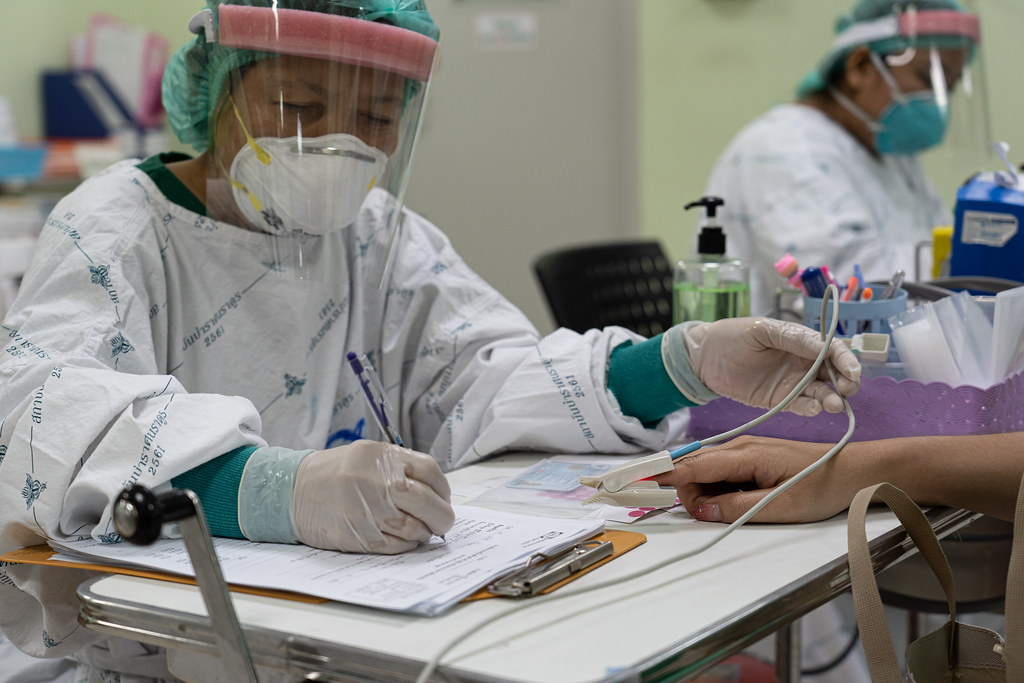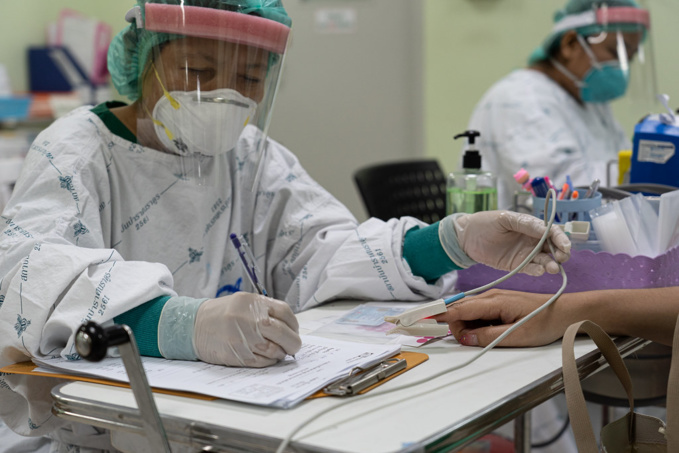This was the conclusion reached by a World Bank expert team examining the relationship between age, number of deaths and national income during a pandemic. The study drew on information on the coronavirus-related deaths from the worldwide database COVerAGE-DB, as well as on excess deaths during the pandemic from national databases in 41 countries. Because the authors of the paper limited their study to 2020, the worldwide spread of vaccination was not affected by the analysis.
As the authors note, the first data on coronavirus deaths collected in China in the winter of 2020 indicated that the likelihood of death among those infected increased with age.
Because the largest proportions of the elderly population are concentrated in high-income countries, comparatively fewer people were expected to be affected by the epidemic in poorer countries. In high-income countries, however, people under age 65 accounted on average for 11% of both official and excess deaths, whereas for upper middle-income countries the figures were 40% and 37%, and for lower middle-income countries 54%. For the purposes of the study, lower-middle-income countries were defined as those with an income of between $1036 and $4045, upper-middle-income countries as between $4046 and $12,535, and high-income countries as those with an income of over $12,536.
The calculations show that there is a positive relationship between per capita income and the age mortality gradient, suggesting a lower probability of dying from COVID-19 before the age of 65 in richer countries.
According to the authors of the paper, this may be due to a number of reasons, firstly that remote employment is less common in lower-income countries, hence the risks of infection are higher for those who continue to work during the epidemic. Secondly, in richer countries more elderly people were living in nursing homes when the virus first appeared, making them highly vulnerable to infection.
source: worldbank.org
As the authors note, the first data on coronavirus deaths collected in China in the winter of 2020 indicated that the likelihood of death among those infected increased with age.
Because the largest proportions of the elderly population are concentrated in high-income countries, comparatively fewer people were expected to be affected by the epidemic in poorer countries. In high-income countries, however, people under age 65 accounted on average for 11% of both official and excess deaths, whereas for upper middle-income countries the figures were 40% and 37%, and for lower middle-income countries 54%. For the purposes of the study, lower-middle-income countries were defined as those with an income of between $1036 and $4045, upper-middle-income countries as between $4046 and $12,535, and high-income countries as those with an income of over $12,536.
The calculations show that there is a positive relationship between per capita income and the age mortality gradient, suggesting a lower probability of dying from COVID-19 before the age of 65 in richer countries.
According to the authors of the paper, this may be due to a number of reasons, firstly that remote employment is less common in lower-income countries, hence the risks of infection are higher for those who continue to work during the epidemic. Secondly, in richer countries more elderly people were living in nursing homes when the virus first appeared, making them highly vulnerable to infection.
source: worldbank.org



















